Introducing the Model 1 Hero 11 Mini 3D Printed by The FPV Project – Elevate Your Drone Experience!
Explore a new dimension of excellence with the GoPro Hero 11 Mini 3D Printed by The FPV Project. Crafted to perfection, these meticulously designed 3D printed parts redefine durability, performance, and style for your drone. Our commitment to innovation and quality shines through every inch of these remarkable accessories, enhancing your FPV journey like never before.
Unparalleled Precision: Immerse yourself in the world of precision engineering. The GoPro Hero 11 Mini 3D Printed parts are a testament to The FPV Project’s dedication to excellence. Crafted with utmost precision, these accessories guarantee a seamless fit, ensuring your drone’s optimal performance in every flight.
Unrivaled Protection: Safety is paramount, and we understand that. Our Hero 11 Mini 3D Printed parts are manufactured at an impressive 100 percent infill – providing a level of protection that stands the test of time. With ruggedness at its core, your drone is shielded from potential impacts, enabling you to fly with confidence and peace of mind.
Vibrant Color Palette: Express your individuality with a kaleidoscope of color options. The FPV Project offers an array of vivid hues to choose from, allowing you to customize your Hero 11 Mini 3D Printed parts to match your style and preferences. Elevate your drone’s aesthetics and make a statement that’s uniquely yours.
The FPV Project Advantage: When you choose The FPV Project, you’re not just purchasing accessories – you’re investing in exceptional quality and innovation. Our Hero 11 Mini 3D Printed parts are the result of relentless research and development, driven by our passion for delivering products that exceed expectations.
Upgrade your drone to new heights of performance, protection, and personalization with the Hero 11 Mini 3D Printed by The FPV Project. Whether you’re a seasoned pilot or a beginner taking flight, our accessories promise to redefine your FPV experience. Shop now and embrace a future of possibilities in the world of drone aviation.
Elevate. Customize. Dominate. The Hero 11 Mini 3D Printed by The FPV Project.
3D Printing Service (TPU) Specifications and Features:
TPU (Thermoplastic polyurethane) is a soft flexible material, Common uses for a material like TPU include, medical supplies, seals, automotive components, and household appliances, this is down to the material having a very flexible and elastic-like use. TPU has a melting point of 225 degrees to 235 degrees however 230 degrees is normally a stable temperature to print with. Another great advantage of this material is that it does not produce nasty emissions. Below are some key points when printing with TPU.
- Extremely flexible
- Lightweight
- Durable
- Non-soluble
- Heated bed required
Alright, let’s dive into the world of PID loop frequencies!
So, imagine you’re playing a really immersive video game. 
Well, in the world of drones, we have a similar situation. The drone’s flight controller is constantly making adjustments to keep the drone flying smoothly. This happens through something called the PID loop, which stands for the Proportional, Integral, and Derivative loop.
The PID loop is like the brain of the drone. It takes information from the sensors, decides how the drone should respond, and then sends commands to the motors. This entire process happens repeatedly and at a very fast pace. The frequency at which this process repeats is known as the PID loop frequency. It’s like the frame rate in a video game – the higher the frame rate, the smoother the game looks.
Now, when we talk about 2K, 4K, and 8K PID loop frequencies, we’re talking about how many times per second this process happens. So, 2K means the PID loop runs 2000 times per second, 4K means it runs 4000 times per second, and 8K means it runs 8000 times per second. It’s like choosing between running, cycling, or driving – each one is faster than the last!
So, you might be thinking, “Well, obviously 8K is the best because it’s the fastest, right?” Not necessarily! Just like driving a car super fast isn’t always the best option (you could get a ticket or crash 
For one, it can make your flight controller work harder, which can lead to overheating. It can also make your ESC protocol more prone to errors, kind of like how a fast internet connection can sometimes be unstable.
So, it’s all about finding the right balance. Just like how you wouldn’t use a race car to go to the grocery store, you wouldn’t necessarily use an 8K PID loop frequency for a casual drone flight. It all depends on what you’re using your drone for.
I hope this helps to understand what PID loop frequencies are all about! If you have any more questions, feel free to ask. Happy droning!
Read More About Lipo Batteries by clicking the link below:
https://oscarliang.com/fpv-drone-guide/
Checkout our Frames Collection by clicking the link below:
https://thefpvproject.com/product-category/frames/
1S = 1 cell = 3.7V
2S = 2 cells = 7.4V
3S = 3 cells = 11.1V
4S = 4 cells = 14.8V
5S = 5 cells = 18.5V
6S = 6 cells = 22.2V
For example, we call a 14.8V battery a “4-cell” or “4S” battery.
LiPo battery is designed to operate within a safe voltage range, from 3V to 4.2V. Discharging below 3V could cause irreversible performance loss and even damage to the battery. Overcharging above 4.2V could be dangerous and eventually cause a fire.
However, it’s advisable to stop discharging when it reaches 3.5V for battery health reasons. For example for a 3S Lipo, the max voltage is 12.6V, and you should land when the voltage reaches 10.5V (at 3.5V per cell).

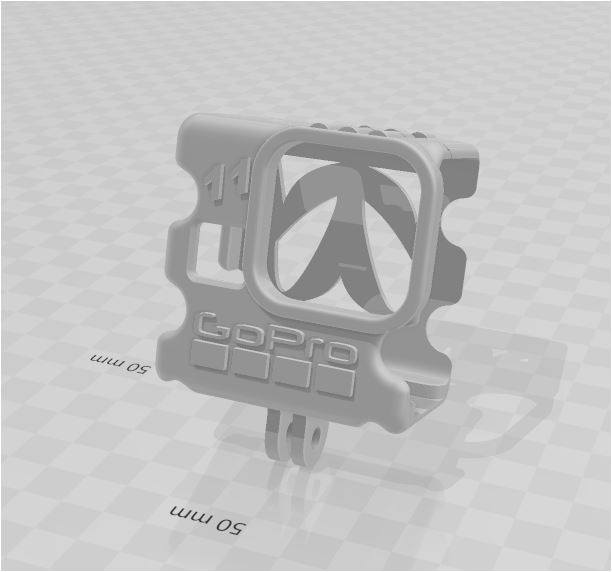
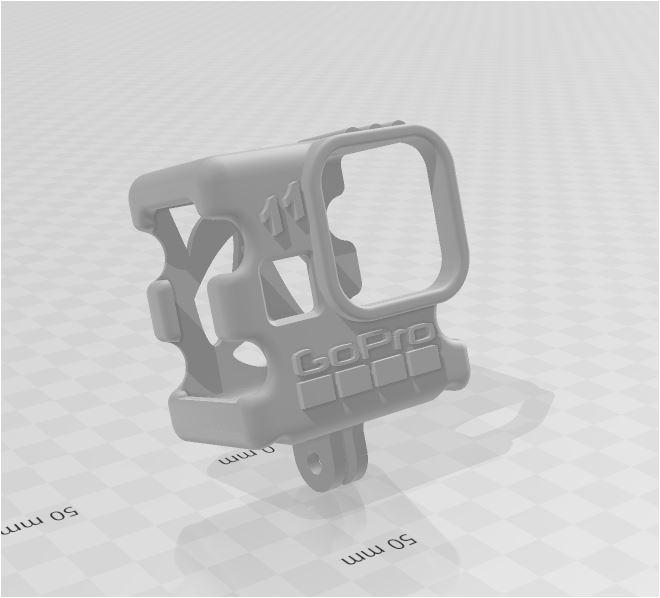
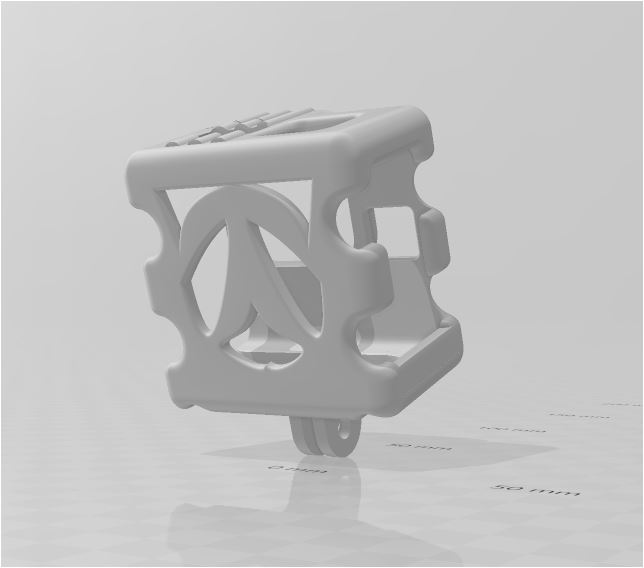

















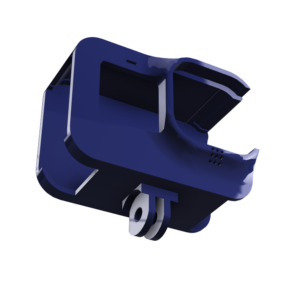
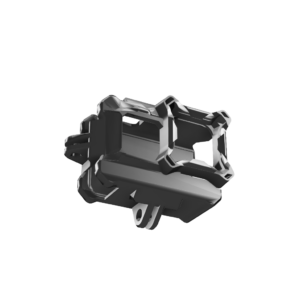
Reviews
There are no reviews yet.